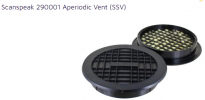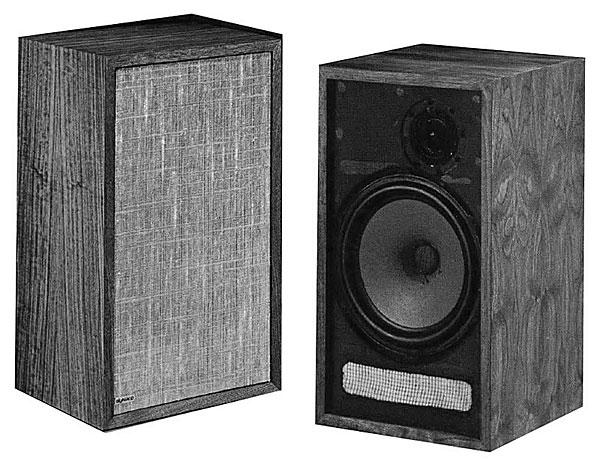Based on my impressions of the two -- naaah, you'd still prefer the EPI. The "Burhoe modules" were intrinsically better sounding than the OLA, and some EPI designs had enough
oomph to run with (or, perhaps, even better) the OLAs in terms of LF output and extension.
I have
never been too crazy about the large Advents, and I am still not.
... and, yes, there's a pair of Utility (vinyl) Advents in the basement.

I need to re-surround 'em one of these days. I even already have a pair of the proper surrounds for the Masonite-ring woofers.

Heck, the later (Recoton-era, I think!) Advents (e.g., the 5012) sound better to me because the tweeters sound better. I had a pair of (dump-find) 5012 (walnut cabinet) and I thought they were not bad at all. I gave them to a hifi fellow-traveler who had a "thing" for Advents.
View attachment 318343
Even the later-still Advent "Legacy" models, with rather atrocious cabinetry, sound decent.

Also dump finds -- of course! Long gone, too -- I actually sold these (tho' not for much).

N.B. Those are $3 generic surrounds -- I couldn't rationalize investing much more in these big, rather flimsy boxes!
EDIT: I guess my point (if in fact I
did have one

) is that either of the above,
albeit rather cheesy, dome tweeters sound better (to me) than the OLA's "fried egg" tweeters.
 View attachment 318346
View attachment 318346
(one of the aforementioned Utility Advents, solely to illustrate the Advent cone tweeter of old)





